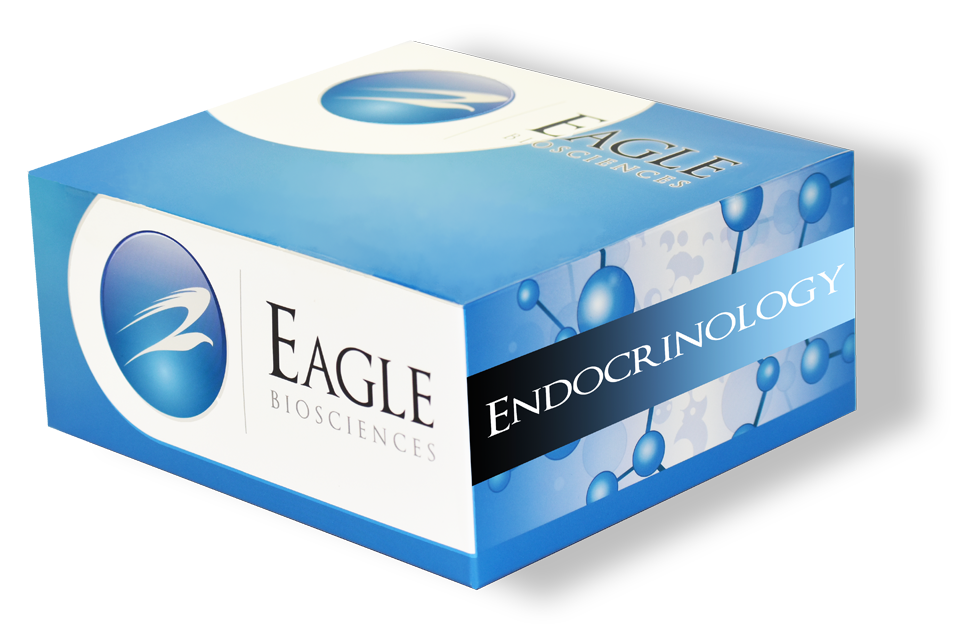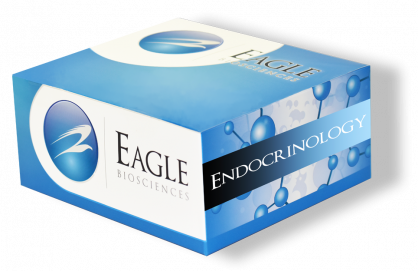Mouse IL-6 ELISA Assay
The Mouse IL-6 ELISA Assay is For Research Use Only
Size: 1×96 wells
Sensitivity: 4 pg/mL
Dynamic Range: 7.8 – 500 pg/ml
Incubation Time: 3.5 hours
Sample Type: Serum, Plasma, Cell Culture
Sample Size: 100 µl
Alternative Names: Interleukin 6
Assay Principle
The Mouse Interleukin 6 (IL-6) ELISA Assay employs the quantitative sandwich enzyme immunoassay technique. A monoclonal antibody specific for Interleukin 6 (IL-6) has been pre-coated onto a microplate. Standards and samples are pipetted into the wells and any Interleukin 6 (IL-6) present is bound by the immobilized antibody. Following incubation unbound samples are removed during a wash step, and then a detection antibody specific for Interleukin 6 (IL-6) is added to the wells and binds to the combination of capture antibody-IL-6 in sample. Following a wash to remove any unbound combination, and enzyme conjugate is added to the wells. Following incubation and wash steps a substrate is added. A colored product is formed in proportion to the amount of Interleukin 6 (IL-6) present in the sample. The reaction is terminated by addition of acid and absorbance is measured at 450nm. A standard curve is prepared from seven Interleukin 6 (IL-6) standard dilutions and Interleukin 6 (IL-6) sample concentration determined.
Related Products
Mouse IL-10 ELISA Assay Kit
Mouse IL-5 ELISA Assay Kit
Mouse IL-23 ELISA Assay Kit


